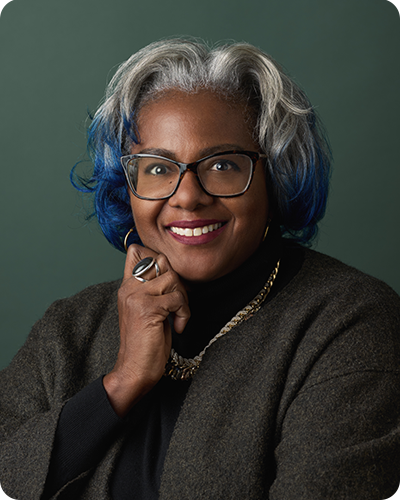Estimated reading time: 4 minutes
Just as 2022 was lifting off, residents of Ottawa watched with curiosity and then growing dismay as a parade of large, honking transportation trucks moved into the city’s centre. The trucks were soon joined by a flock of smaller but no less noisy vehicles and before citizens could quite grasp what was happening, an occupation was unfolding in the heart of the city.
Many suburban dwellers and those living outside of Ottawa saw the event as a distant novelty. For the inhabitants of the core of the city, business owners, and employees of the retail outlets and restaurants closed by the protesters, it was the beginning of a frustrating and often frightening invasion. Our environment plays an active role in our mental health and loud noises like honking horns and firecrackers through the night can lead to anxiety and agitation. This raises our cortisol levels and our stress.
To add insult to injury the police seemed unable or unwilling to act. Politicians did little more than posture or worse still, approve the disruption. No one seemed clear about why the occupation was happening, though certainly, frustration over COVID-19 and pandemic restrictions were at the heart of the activity for many. Residents of Ottawa also managing through the many constraints of COVID-19 on regular life were further assailed by the fear and uncertainty brought on by the situation. As interpersonal conflicts escalated between protestors and residents, unchecked by officials, feelings of isolation and abandonment exacerbated the feelings of stress.
Whatever may have prompted the convoy, it also brought with it unsavory elements that pointed to a darker intent. From wearing swastikas and flying confederate flags, to urinating on the war memorial and defecating in a restaurant entryway, these darker combatants soon tarnished all the protesters. Idle curiosity turned to anger and many in the city saw the demonstrators and their supporters as abusive invaders. The disconnect in perceived values between residents and protesters served to enhance feelings of isolation and that in turn amplified feelings of depression in many.
For those people already bearing the worst of the pandemic, such as racialized communities, seniors, and those with pre-existing mental health issues, the introduction of an occupation was an added weight. From the older woman found out in the cold waiting for a bus that could not come, to those trapped in their homes in fear of the taunts and aggressive posture of protestors in their neighborhoods, the convoy took its toll.
So much anger, fear, and distrust soon blossomed into a riot of unhealthy symptoms. Residents shared stories of sleeplessness, feelings of anxiety, and helplessness. Even after the occupation was pushed out of the city, fear and distrust lingered. When the local children’s hospital received a bomb threat, later determined to be a hoax, citizens speculated that the ousted occupiers were behind the calls. When the police closed a local transit station because a suspicious package was found, it was also quietly attributed to the truckers. No, this was not speculation in the media, but by locals over coffee or a beer.
What qualifies as an extended period of trauma is very subjective, but for some people, three weeks of protesters in their neighbourhoods was more than enough to bring on mental distress. And it should not be surprising when you consider that the disruption had lasting financial impacts on many. More than 1,500 people could not go to work for the three weeks the protesters occupied Ottawa’s downtown. Their wages are unlikely to be fully replaced, nor are business owners likely to recoup those lost revenues.
Whatever people in Canada may think about the protests and what led to them, it is important to remember that Ottawa is not Parliament Hill. It is a city where regular people work and live. In fact, only 20% of the residents of the city and the surrounding region have anything to do with the federal government and fewer still have anything to do with partisan politics. It is not surprising then that after 22 days of honking horns, diesel fumes, and tension, the citizens were relieved to see the end of the disruption. It should also come as no surprise that feelings of anxiety and stress persist. Twenty months of COVID-19, three weeks of uncertainty, fear, and anxiety coupled with feelings of isolation are an excellent recipe for poor mental health.
If you are feeling distressed and are seeking assistance, you can text WELLNESS to 741741 at any time or visit the Wellness Together site to access free mental health and substance use support. If it’s an emergency, call 911 or visit your local emergency department.
If you would like tips on how you can build your resiliency or manage feelings of anxiety, please see the links below.






